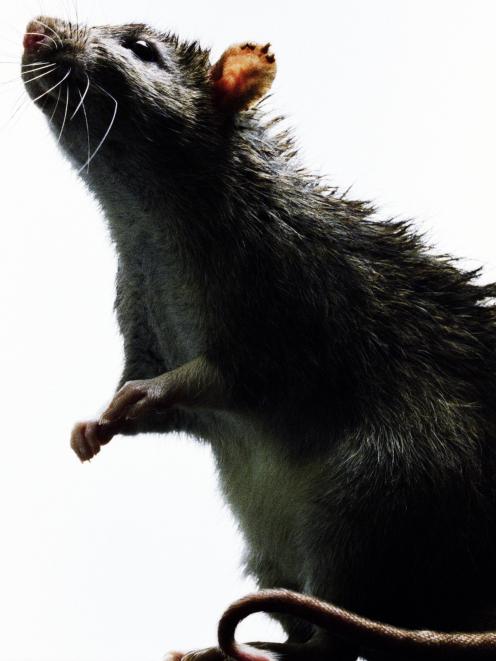So you’re stuck at home, the hedges are trimmed, the lawns are mowed. What to do with all that greenwaste? That is where Ben Elms (aka Dr Compost) comes in.

All I seem to grow in my compost bin are fat rats. Do I need the Pied Piper, or are there other options?
Rodent Wrangler.
Dear Rodent Wrangler,
It seems this is the Year of the Rat: a year to love and worship the resourceful rat.
I am, in fact, a water rat in Chinese horoscopes.
Mine is a love-hate (mainly hate) relationship.
It starts in your compost heap and next they’re waking you up at 3 in the morning scratching the wall behind your bed. Or all your corn has been eaten down to their husks or every tomato has a bite or two out of it ...
Compost heaps get a bad rap when it comes to rats. They’re seen as the cause of the rat plague around us. The reality is, wherever there are humans, rats aren’t far behind. We create all these cosy spaces for them with plentiful food supplies.
So stop blaming the poor compost heap. A little love can keep the rat Armageddon at bay:
1. Rat-proof your whole heap with fine mesh. If you have a plastic Dalek compost bin, place the mesh on the ground, pop the bin on top and fold up the sides. Pallet compost bays can also be fully lined. Many a compost bin owner hasn’t even realised the rats are coming and going from below unseen.
2. Skip the mesh and go for the kill, or do both. Traps come in many forms, from the super-deluxe gas reloading ‘‘Goodtraps’’ model to the traditional giant mouse trap on steroids, the T-Rex rat trap — my personal favourite.
Baited with a dab of peanut butter, the T-Rex can be mounted on the side of the compost bin about 5cm off the ground. They need to be tucked away out of the reach of small human fingers and dogs and cats.
3. Increase the carbon levels in your compost heap as mentioned in the previous question. Every time you chuck in some nitrogen-rich ingredients (food, grass clippings, etc) add a similar amount of carbon-rich ingredients (straw, shredded cardboard, wood chips). Then sprinkle with water and use the garden fork like your life depends on it. This will break up the pathways, the nesting spaces and, if you’re lucky, spear one or two rats in the process.
4. Pop any rats caught in traps into your compost heap! And don’t forget the carbon-rich ingredients!
Happy gardening,
Dr Compost
Food and garden waste (organic waste) can break down in the landfill to release methane, a harmful climate change gas. The Dr Compost project is funded by the Queenstown Lakes District Council and delivered by Wastebusters to reduce organic waste going to landfill.
